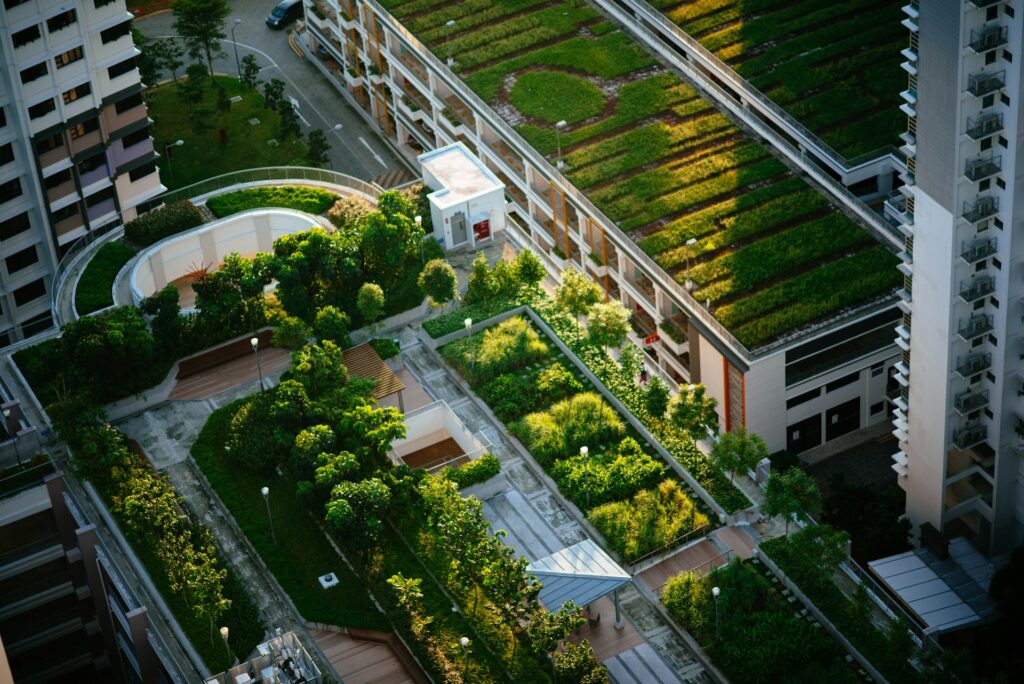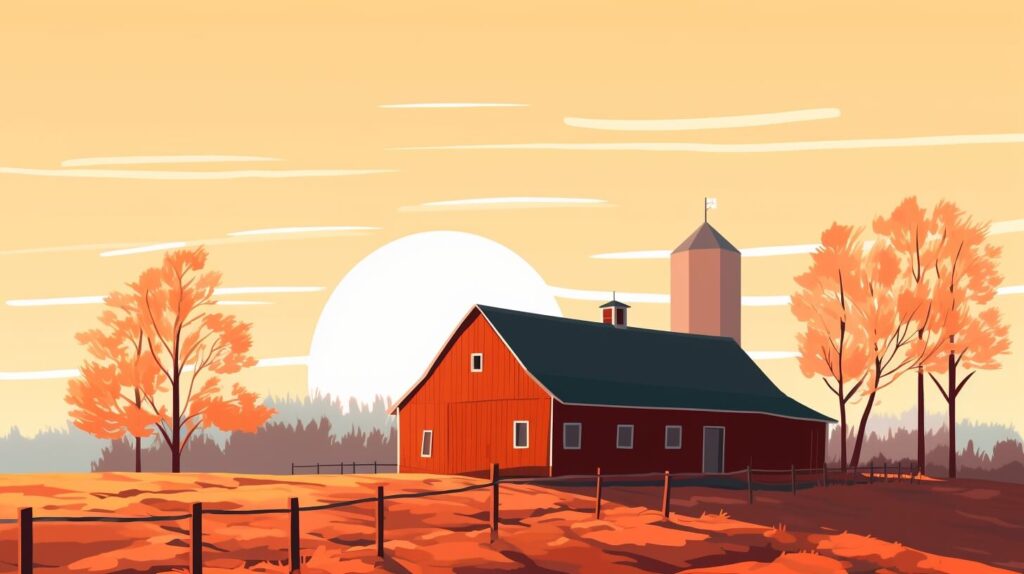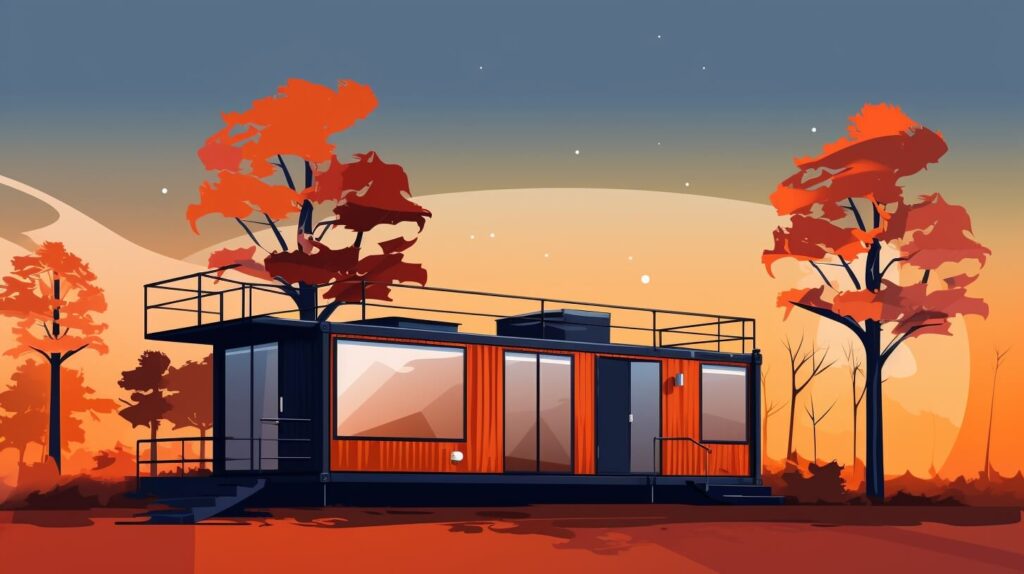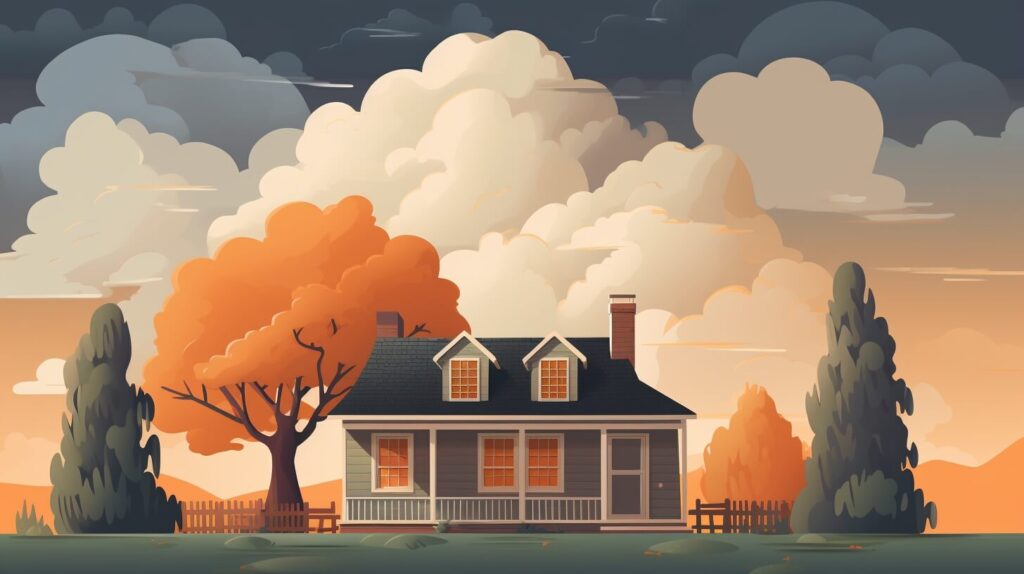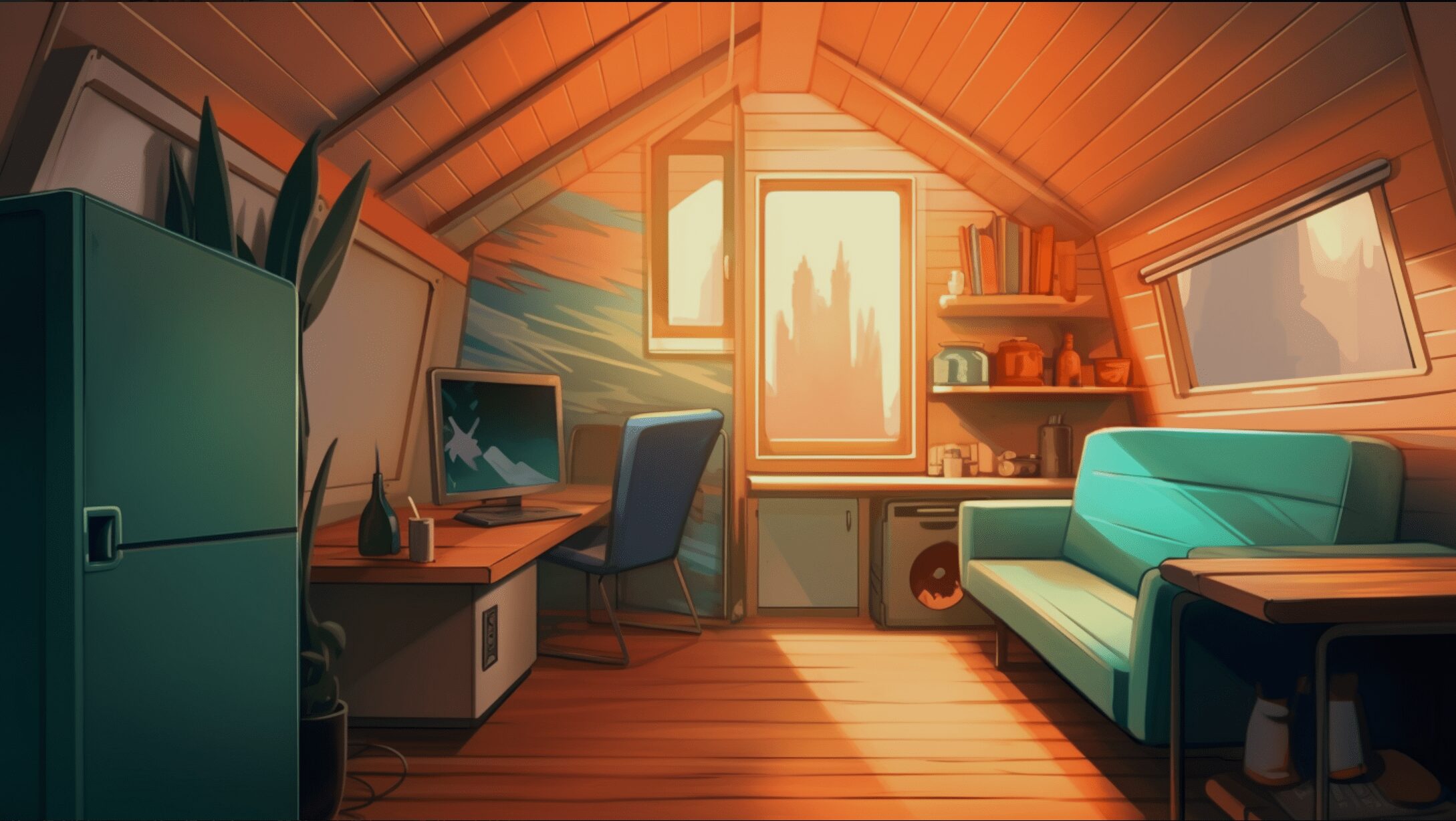
We are reader-supported. When you buy through links on our site, we may earn an affiliate commission.
Over the past few decades, Americans everywhere have been downsizing their living spaces. Whether it be to simplify their lives or to escape the inflated real estate market, people have been moving into their own tiny homes. Many claim this unconventional lifestyle is more sustainable than living in a full-size home. After all, they should use less energy and water, thereby minimizing its carbon footprint.
Does the tiny home live up to this reputation, though? How sustainable are they, really? We’ll walk through the design and lifestyle choices that make all the difference.
Design and Construction
Of course, sustainability begins with construction. Depending on which materials tiny home buyers choose to build the house, the finished product could be eco-friendly or the exact opposite.
For instance, bamboo, straw and recycled steel, glass, plastics, woods and other materials are typically greener than brand new supplies. Moreover, those who purchase a premade tiny home will also make less of an environmental impact since designers won’t have to build yet another house from scratch.
In addition to eco-friendly construction, sustainable tiny homes will often incorporate passive design principles to increase energy efficiency. For example, a passive solar house may have roof overhangs to provide shade to windows that face south.
During the summer months, this strategy will naturally keep the home cooler. The passive design will often reduce or eliminate the need for secondary heating and cooling, thus making the home more sustainable.
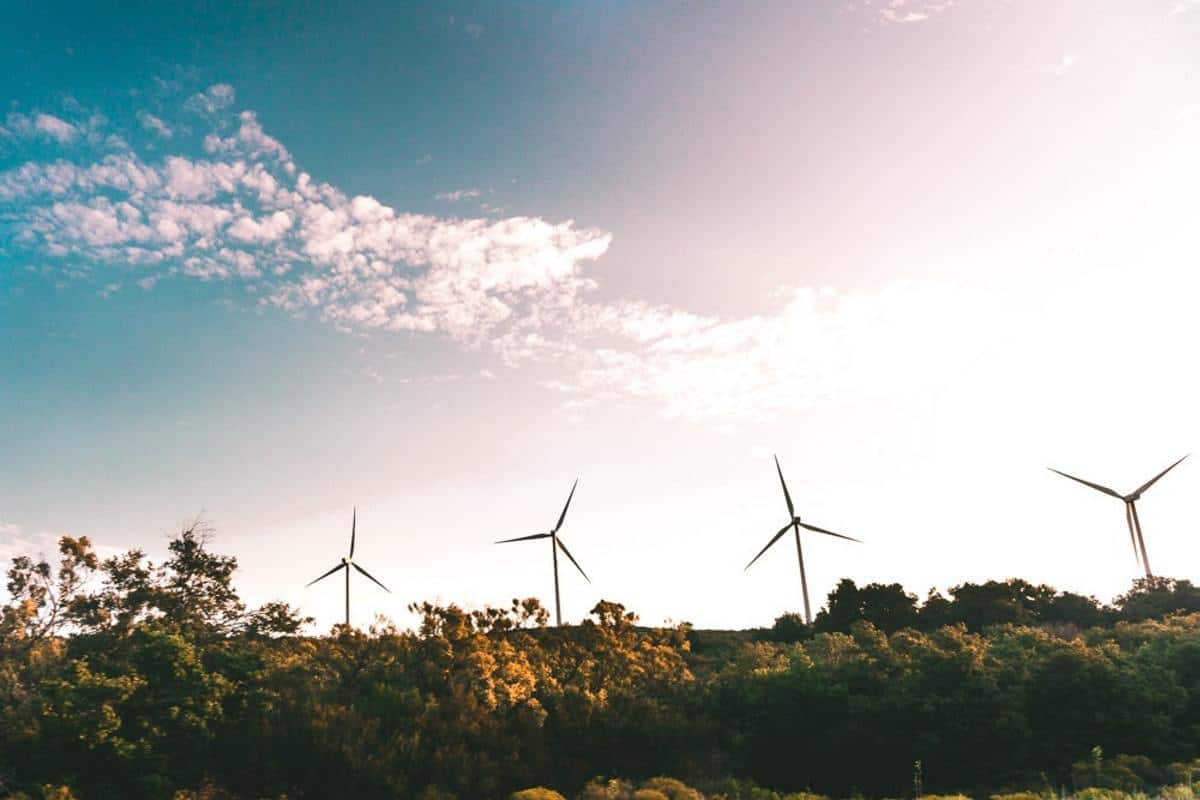
Powering Up With Alternative Energy
When it comes to powering a tiny home, owners may choose between solar, wind and regular electricity. The more sustainable options are solar and wind. However, most still rely on electrical hookups and connect to the nearest power grid. While a tiny home’s electrical energy consumption may be lower than a full-sized house, relying on electric power isn’t incredibly sustainable, especially when there are green alternatives.
Wind can be a decent option for those looking to live off-grid. Still, tiny home dwellers must have a backup power source for when there isn’t much wind present. In this case, solar may be the best option. Although the initial cost may be high, panels can save dwellers money in the long run. Plus, it’s more sustainable and eco-friendly than electric or gas.
Recently, egg-shaped tiny homes powered by wind, solar and batteries have also emerged, making it easier than ever to live sustainably. Their unique shape even allows for rainwater collection and heat efficiency. These Ecocapsules are about $90,000 and won’t leave a carbon footprint when in use.
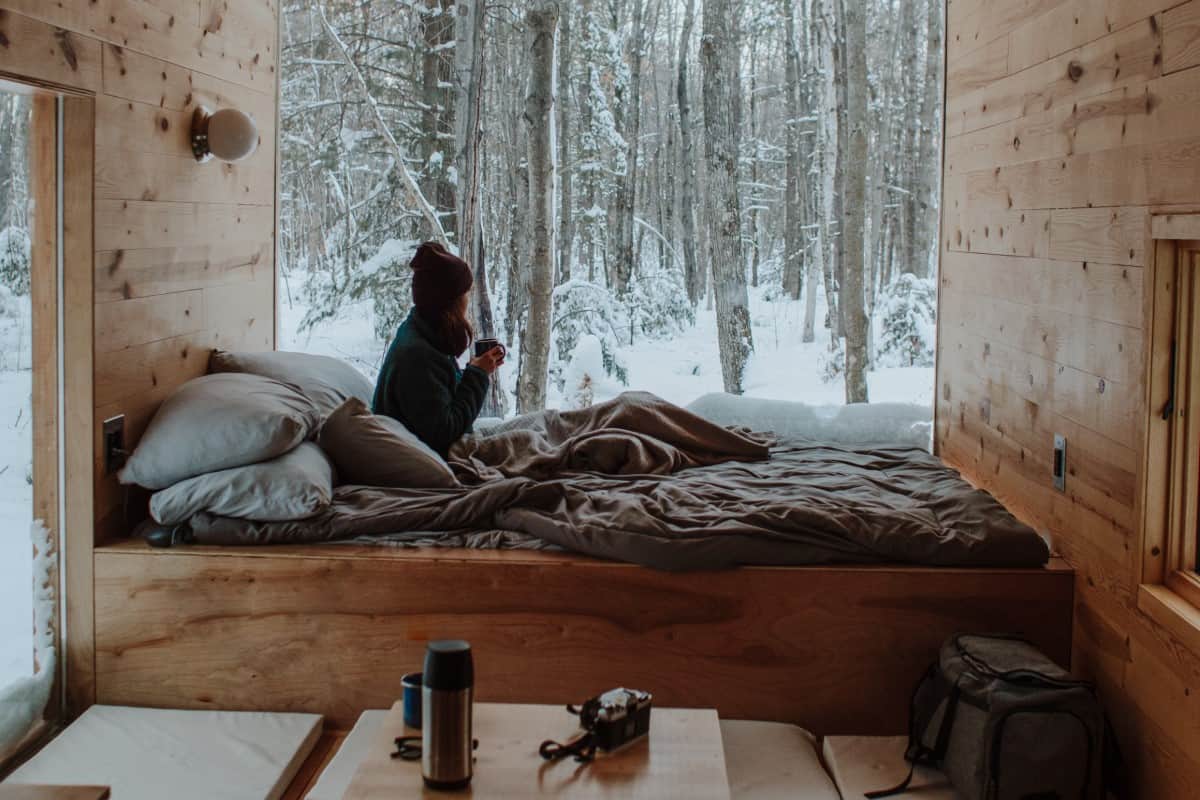
The Problem With Tiny Homes
Evidently, tiny homes have the potential to be quite eco-friendly. However, some may argue that living in such a small space makes it difficult for one to live sustainably.
1. Waste and Recycling
When transitioning to a tiny home, many people will have to get rid of most of their clothing, tools, utensils, furniture, decor and more. Regardless of where they donate these items, some of them will end up in the trash and, eventually, a landfill. This certainly isn’t sustainable or eco-friendly.
Moreover, once they’re living in a tiny home, it may be difficult to recycle due to lack of space and the inconvenience of finding somewhere to deposit items like cardboard, cans and plastic bottles. Although dwellers may be more apt to use less of these things, ultimately, this results in more waste than there needs to be.
2. Zoning Regulations
Even if everyone living in tiny homes were to recycle, eliminate waste and use green energy, there’d still be the problem of land. Zoning regulations have stifled this housing craze greatly, banning camping on unoccupied property and driveways of existing houses. Zoning codes also inhibit on-street RV and THOW parking. This poses a problem for those hoping to use their home as an RV. In many states, owners must put the home on a foundation for it to be a legal house.
Even then, the tiny home must meet the minimum square foot requirement. In most states, this is 70 square feet, but in some areas, a home must be at least 1,000. Were a tiny home dweller to purchase land with the intention of laying a foundation and settling down, zoning laws would still restrict him from doing so.
In recent years, certain areas across the U.S. — like Spur, Texas — have begun revising their zoning laws to allow for tiny homes. However, even if the entire country changed its regulations, developing enough land to accommodate these new homes would be practically impossible. The shift would necessitate more land development, which is the opposite of sustainable. Thus, tiny houses may not be a big-picture solution for green housing.
Sustainable Tiny Homes Require Thoughtful Design
So, are tiny homes sustainable? The answer largely depends on who calls them home. While not everyone will be able to lead this simplified life, those that do have the opportunity to maintain a sustainable lifestyle. Their energy and material consumption will likely be lower. If they also recycle, opt to use green energy and generally live off-grid, tiny home life will probably work.
However, for those who continue to overconsume water, produce an immense amount of trash and connect to electric power grids, tiny home living will not be healthy for the planet. It all comes down to individual circumstances.

